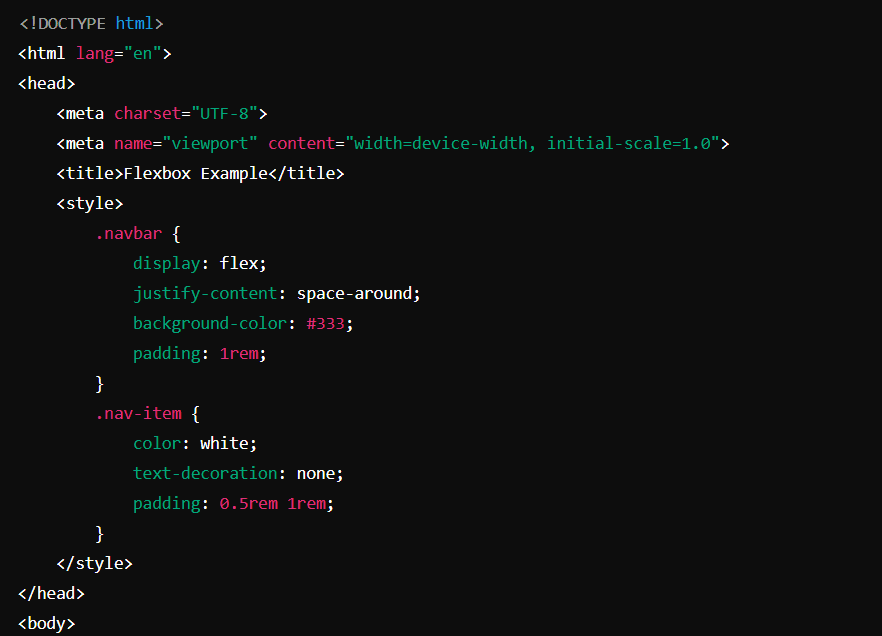Why It’s Important to Update WordPress Weekly
Why it's important to update WordPress weekly. If you’re a website owner, developer, or digital marketer, chances are you’ve encountered the endless cycle of WordPress updates—core files, themes, and WordPress…










